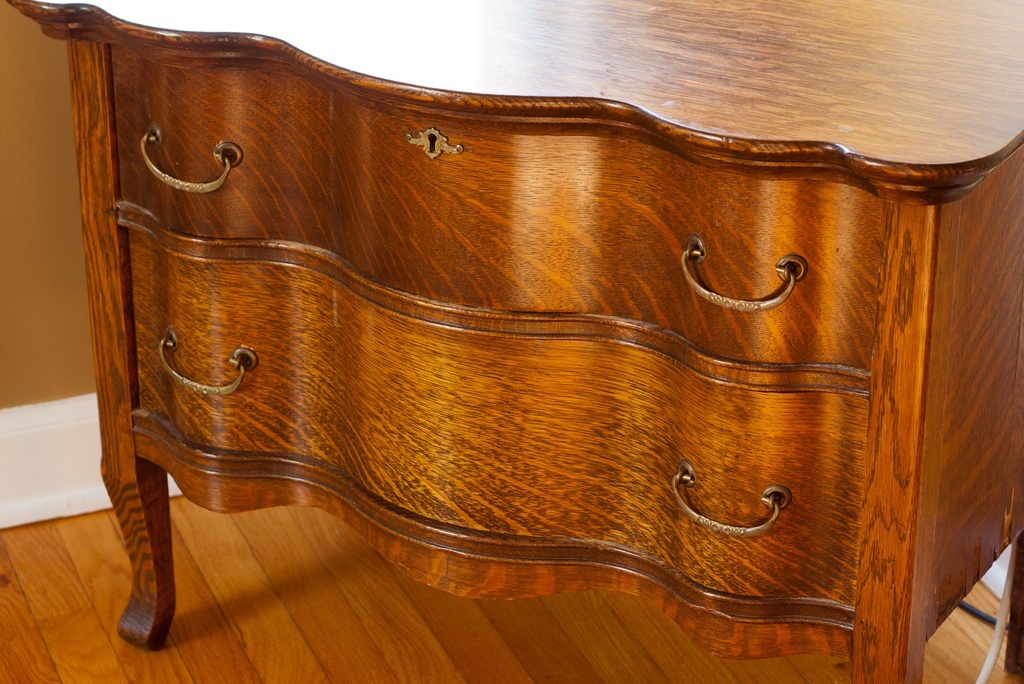The term ‘antique furniture is generally used to describe interior furnishings that are extremely old. In most cases, the furniture is only classed as antique if it is older than 100. Furniture between 30 and 100 years old is usually referred to as vintage.
Naturally, it is not usually possible to ask the manufacturer about any piece of furniture that is old. This means it can be difficult to know what wood it is made from and how best to look after it.

This information is essential if you want to keep your antique furniture in good condition or even if you want to speak to a specialist in furniture restoration Sydney.
Fortunately, there are ways of identifying the wood type.
All furniture made before 1860 was made by hand. That means, if you have an item with handmade joints instead of machine finished, you’re almost certain to be looking at an antique.
Of course, there are some modern artisans that like to handmake their furniture, but this is unlikely to look like it’s antique.
This confirms it is an antique, but not necessarily the wood type.
Perhaps the best way of assessing the wood type is to actually know the different styles of furniture available. Most antique pieces are either traditional English or Colonial American.
If an item has graceful curves and doesn’t have a lot of decoration it is likely to be from the early 18th century and will be referred to as a Queen Anne piece.
If this is the case it will most likely be made from walnut. However, cherry, oak, and even maple were also popular choices at this time.
By the end of the century carvings on wood furniture were much more ornate. This type of furniture is generally referred to as Georgian Chippendale and almost always was made of mahogany.
Of course, there were other styles in this period. A more Greek style of carving signified a Georgian Adam piece, but this is also made of mahogany.
Read Also:
The Hepplewhite also uses mahogany but sometimes sported a satinwood inlay. This type of furniture had fewer carvings and very straight legs, often narrowing.
In fact, mahogany was the most common wood for all antique furniture until the second half of the 19th century when rosewood and walnut were also used.
In contrast, American Colonial items tended to be made from pine, maple, or birch. This was the wood more readily available in America. Pieces from the 18th century favored pine while the 19th century actually preferred cherry.
These woods tend to be lighter than the traditional English styles although the carvings and other features were surprisingly similar.
Don’t forget, before you decide to invest n restoring or maintaining a piece of antique furniture, verify its real condition. The older it is the more likely it is to have wood rot, you don’t want to introduce that into your home.